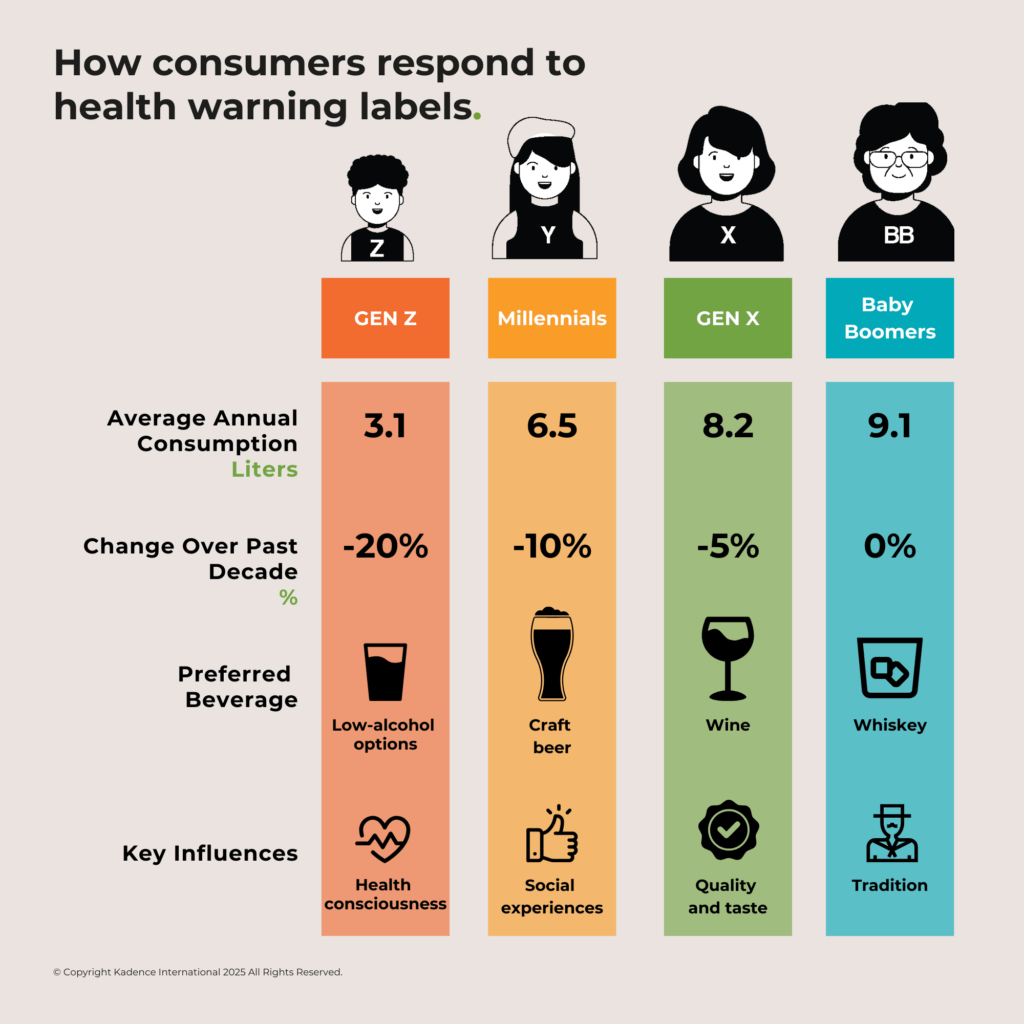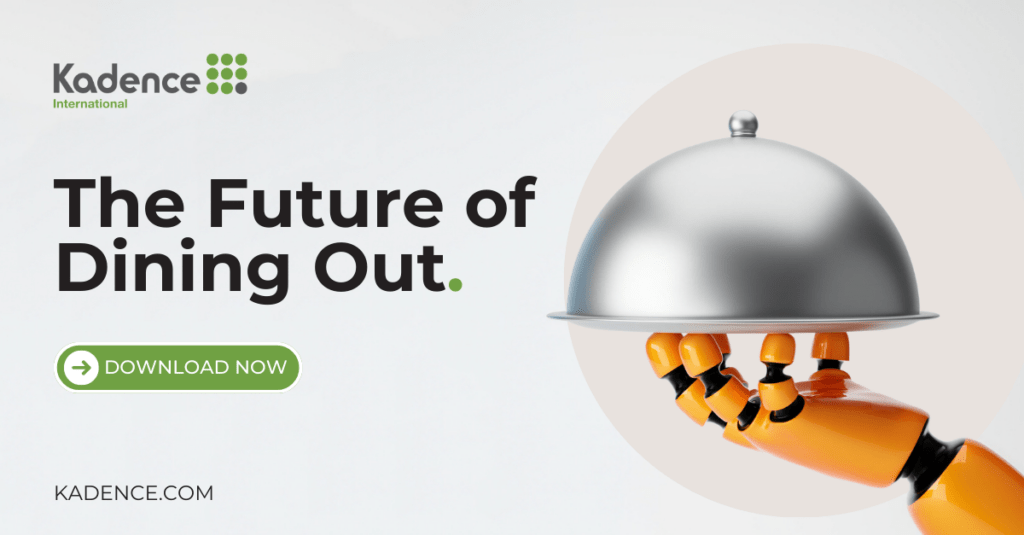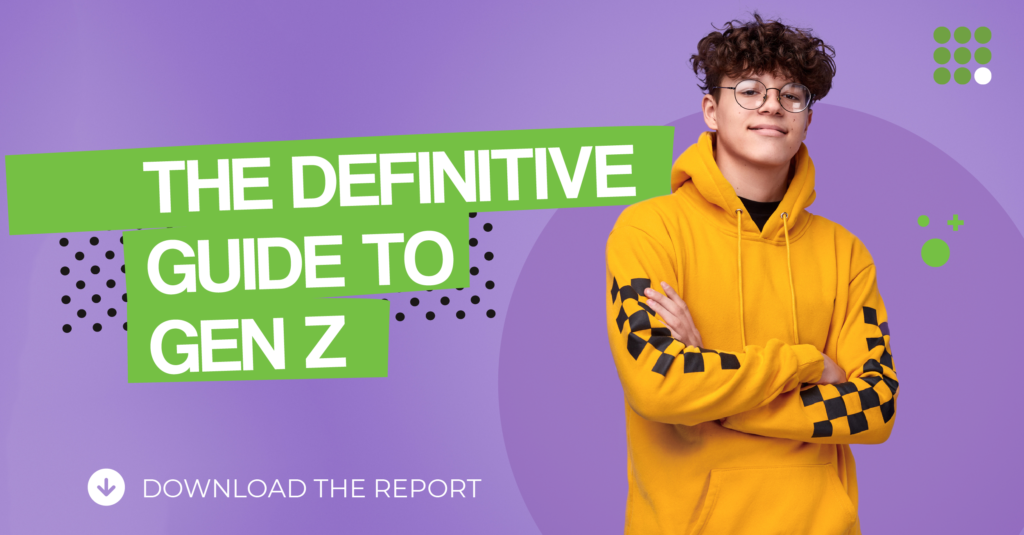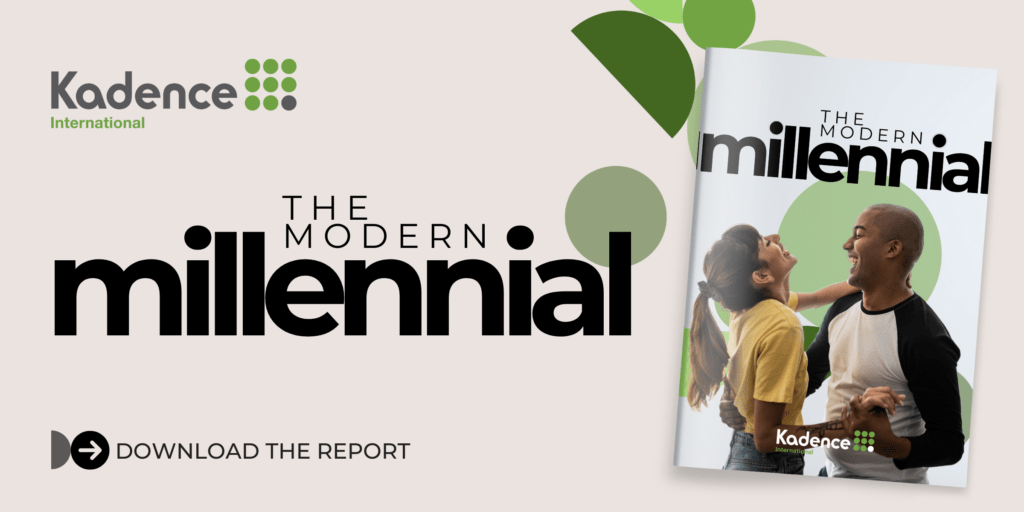For decades, the Super Bowl has been the crown jewel of live television, drawing millions of viewers and billions in advertising dollars. But this year, a major shift is set to redefine how fans experience the game. The stage has expanded beyond the field to digital screens, shifting away from traditional TV.
Fox Sports has teamed up with Tubi to stream the Super Bowl for free, breaking away from traditional exclusivity to offer greater accessibility. This move comes as Free Ad-Supported Streaming TV (FAST) platforms surge in popularity, driven by consumers’ demand for affordable, no-frills digital viewing experiences.
Image Credit: Ad age
FAST platforms are now a go-to choice for cost-conscious viewers seeking quality entertainment without the expense. By early 2025, Tubi had surpassed 97 million monthly active users, offering an extensive content library backed by targeted advertising.
Economic pressures, such as inflation, have fueled the adoption of free streaming services. Studies show that streaming accounts for nearly 42% of total television and video consumption in the US, signalling a major shift in viewing habits.
Households rely on streaming as their primary entertainment source, with FAST platforms becoming a top choice for cost-conscious viewers. This aligns with behaviours like “no-buy” months and cord-cutting, shifting media consumption toward value-driven options.
Tubi’s partnership with Fox Sports to stream the Super Bowl is a direct response to these trends. By removing paywalls, the platform broadens access to the game, appealing to younger, digitally native audiences who value convenience and inclusivity.
The Competitive Landscape – Tubi vs. Rivals
Tubi’s Super Bowl streaming marks a significant milestone, but competition is fierce. Platforms like Pluto TV and Peacock’s free tier are vying for the same audience, offering similar ad-supported models. Tubi distinguishes itself through robust content partnerships, a strong focus on live events, and advanced ad-targeting technology.
For advertisers, these distinctions are crucial. Platforms that offer a seamless viewing experience and granular audience data are better positioned to attract high-value ad spend. Tubi’s Super Bowl debut could set a new benchmark, forcing competitors to rethink their strategies for acquiring premium live event rights.
Global Reach and Cultural Resonance
The Super Bowl’s international appeal continues to grow, with over one-third of its 2024 audience tuning in from outside the United States. Platforms like Tubi are instrumental in this expansion, giving free access in regions where traditional broadcast rights or subscription costs have limited viewership.
Economic factors heavily influence streaming adoption. Free streaming resonates deeply with consumers in countries with lower purchasing power or high inflation. However, cultural preferences also shape media consumption. For instance, UK sports fans prioritise local events like Premier League matches, while American football enjoys a stronger following in Mexico and Canada. Understanding these nuances is critical for advertisers tailoring their campaigns to global audiences.
A New Playbook for Brand Engagement in the Streaming Era
How Ads Fare on FAST Platforms
Tubi offers unmatched insights into ad performance, including real-time engagement metrics such as click-through rates and viewer retention. Unlike traditional TV, where ad impact is measured through broad estimates, Tubi provides granular insights into how specific audiences respond to ads. This transparency allows advertisers to optimise their campaigns mid-stream or refine future strategies.
Interactive and Measurable Formats
Tubi’s digital-first approach enables ad formats that go beyond traditional storytelling. The possibilities are endless, from QR codes leading viewers to exclusive content to gamified ads encouraging active participation. These features are particularly effective for younger audiences, who expect immersive experiences during live events.
Second-Screen Engagement
Streaming the Super Bowl amplifies second-screen behaviors. Viewers turn to social media and e-commerce platforms during the game, creating additional touchpoints for advertisers. Brands can synchronise their ads with real-time hashtags, live polls, or shoppable moments to capitalise on this behaviour and drive deeper engagement.
Reaching Cord-Cutters and New Audiences
Tubi’s Super Bowl streaming meets the challenge of reaching cord-cutters – often younger, digitally native, and elusive through traditional TV. By offering free access, Tubi not only attracts these audiences but fosters deeper engagement, keeping brands relevant in a shifting media landscape.
For advertisers, this shift represents a critical opportunity to rethink their strategies for marquee events. The Super Bowl on Tubi is more than a broadcast; it’s a fully interactive and data-rich environment where brands can create meaningful connections with audiences. As the advertising playbook evolves, the partnership between Fox Sports and Tubi sets a new benchmark for what’s possible in the world of sports marketing.
Strategic Insights for Brands to Succeed in the Streaming Era
Brands must rethink their playbooks to align with the unique opportunities and challenges of these platforms. Ad-supported streaming isn’t just a technological shift but a paradigm change requiring strategic agility and innovation.
Omnichannel Campaign Integration
Brands should see Tubi’s Super Bowl stream as one piece of a broader omnichannel strategy. The platform allows advertisers to seamlessly connect their Super Bowl ads to social media, e-commerce, and mobile apps, creating a unified experience. For instance, an ad with an embedded QR code can lead viewers directly to an interactive landing page or exclusive post-game content. This integration drives immediate engagement and extends the lifespan of campaigns beyond the final whistle.
Prioritising Authenticity and Purpose
Modern audiences, particularly Gen Z and millennials, value authenticity and purpose-driven messaging. Super Bowl ads on Tubi should reflect these priorities by aligning with causes or values that resonate with viewers. Whether it’s sustainability, diversity, or community impact, brands that infuse their campaigns with genuine purpose are more likely to leave a lasting impression on their target audience.
Embracing Localisation for a Global Audience
With the Super Bowl’s international viewership rising, brands have a unique opportunity to localise their campaigns. Advertisers can create region-specific versions of their ads, incorporating cultural nuances, languages, and themes that resonate with global audiences. This localisation strategy enhances engagement and demonstrates a commitment to understanding and valuing diverse consumer markets.
Leveraging Data-Driven Storytelling
Tubi’s streaming platform provides access to robust analytics that can inform ad performance and viewer preferences in real-time. Brands should use these insights to craft data-driven narratives that speak directly to their audiences. For example, leveraging demographic insights or viewing patterns can help fine-tune messaging, ensuring ads are as relevant and compelling as possible.
Extending the Experience Beyond Game Day
The Super Bowl on Tubi allows brands to build ongoing relationships with viewers. Post-game content, interactive experiences, and follow-up campaigns can keep audiences engaged long after the event concludes. By continuing the conversation through digital channels, brands can amplify their investment and foster deeper connections with their audience.
The Future of Sports Broadcasting in the Streaming-First Era
The Super Bowl’s leap into free streaming on Tubi is more than a groundbreaking moment for this year’s event- it signals the future of sports broadcasting. As streaming platforms continue to erode the dominance of traditional cable networks, here’s how fans experience live sports.
Democratising Access to Major Events
Free streaming platforms like Tubi remove traditional barriers to entry, such as subscription fees or pay-per-view costs, democratising access to high-profile events. This resonates with younger, tech-savvy viewers who prioritise convenience and affordability, but it also opens doors for fans in underserved or emerging markets where cable access is limited or prohibitively expensive.
By making the Super Bowl accessible to anyone with an internet connection, Tubi sets a precedent for how other marquee events—like the Olympics, FIFA World Cup, or major esports tournaments might be distributed. This model expands viewership and ensures that cultural moments tied to these events reach a global audience.
Challenging the Cable Stronghold
Live sports have long been cable TV’s stronghold, keeping traditional television relevant. But Tubi’s Super Bowl stream signals a shift. As more events move to streaming platforms, legacy broadcasters must rethink their strategies or risk losing ground
However, this isn’t an either-or scenario. Hybrid models, where events are broadcast on cable and streaming platforms, will likely emerge as transitional solutions. However, the long-term trend points clearly toward streaming as the primary mode of sports consumption.
Interactive and Immersive Experiences
Streaming doesn’t just replicate traditional TV; it enhances it. Platforms like Tubi can offer customisable camera angles, real-time stats, and interactive features such as chats and gamified elements. These innovations cater to fans seeking more control and engagement.
This opens new doors for brands for dynamic ad formats and second-screen activations, ensuring their messaging integrates seamlessly into the fan experience. The possibilities are vast, from in-stream interactive ads to live polls that keep viewers engaged while driving brand recall.
Setting a New Standard for Inclusivity and Innovation
The move to streaming also challenges other leagues and organisations to adapt. Whether it’s the NFL, NBA, or FIFA, sports entities must embrace the flexibility and innovation that streaming platforms provide to stay competitive. This evolution presents a goldmine of opportunities for advertisers and content creators to engage audiences in more meaningful and measurable ways.
The Super Bowl on Tubi represents a tipping point in the evolution of sports broadcasting. As live events continue to migrate to digital-first platforms, the focus will increasingly shift toward creating accessible, engaging, and data-rich experiences that meet the expectations of a digitally native audience. For fans, this means more ways to connect with the events they love.
This shift isn’t just a game-changer – it’s the dawn of a new era in sports broadcasting, where accessibility, innovation, and global reach redefine how live events are consumed and monetised.
Get regular insights
Keep up to date with the latest insights from our research as well as all our company news in our free monthly newsletter.


















 Senior Marketing Executive
Senior Marketing Executive Sales & Marketing
Sales & Marketing General Manager PR -Internal Communications & Government Affairs
General Manager PR -Internal Communications & Government Affairs Vital Strategies
Vital Strategies
 Customer Intelligence Director
Customer Intelligence Director